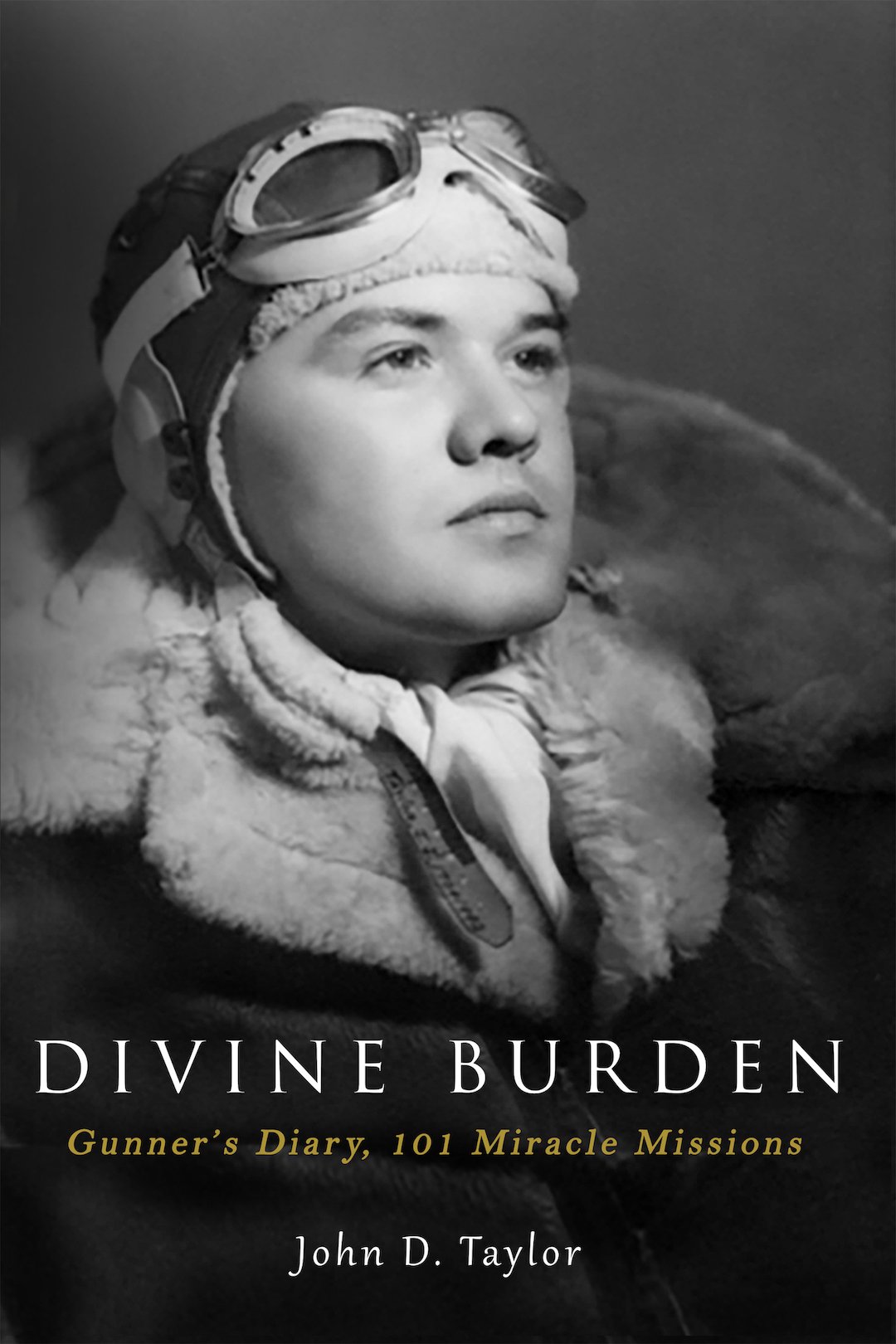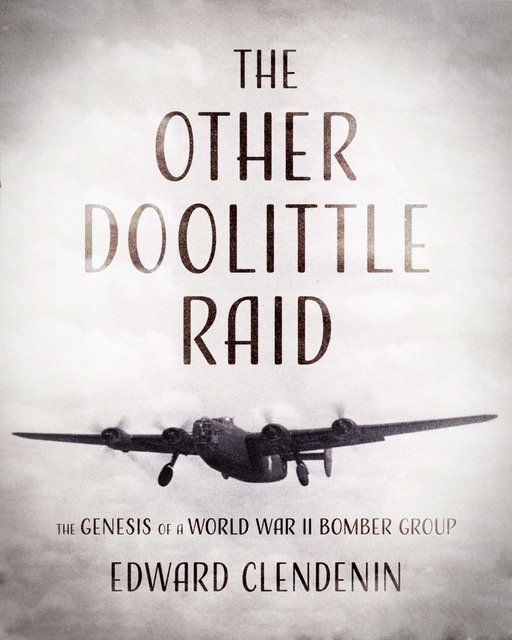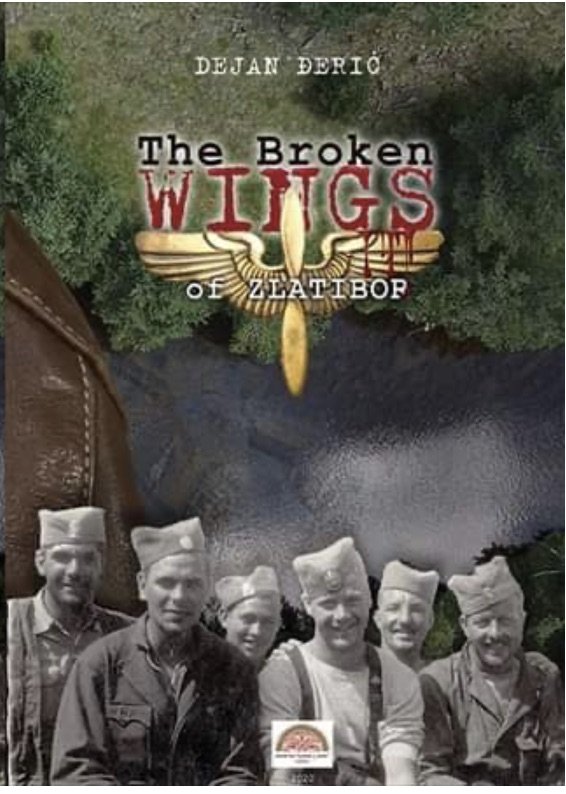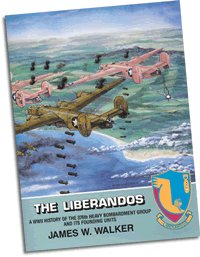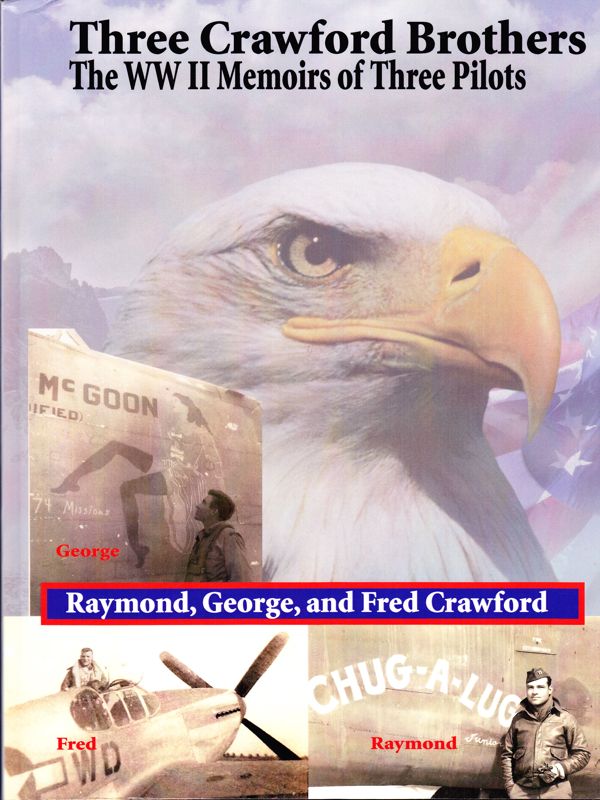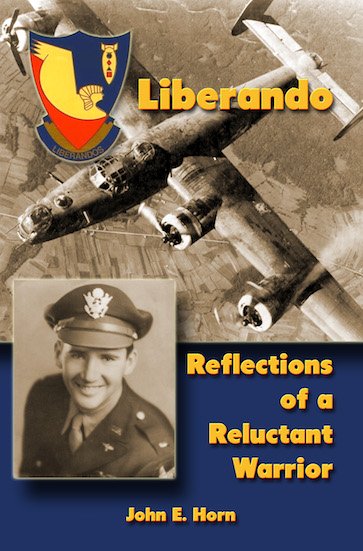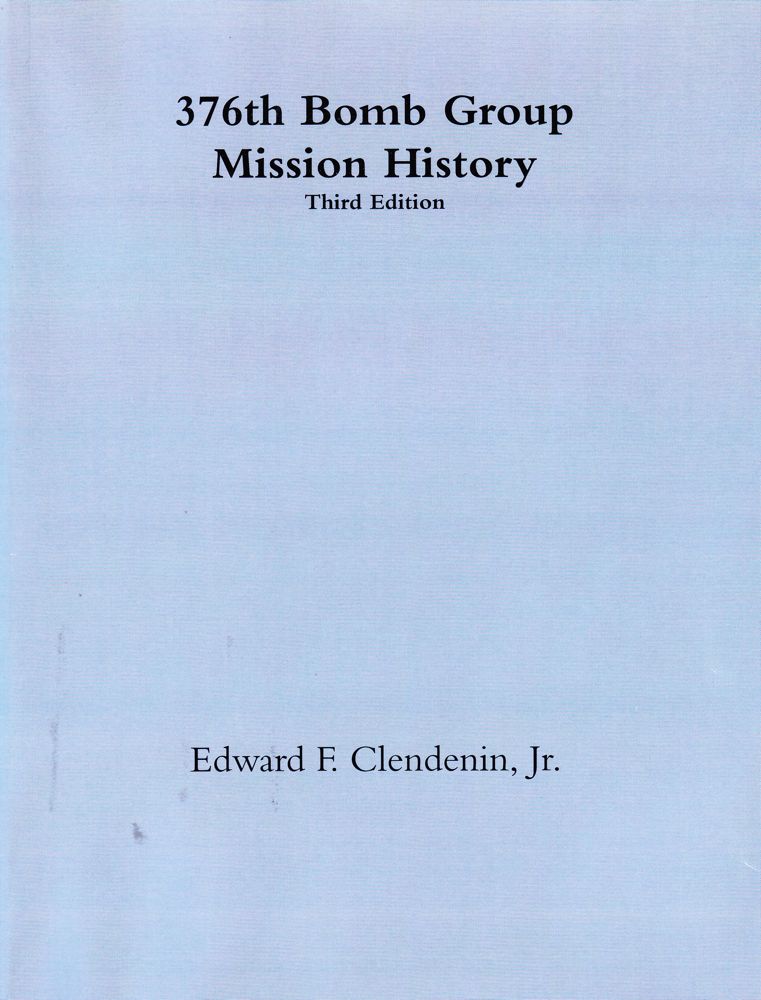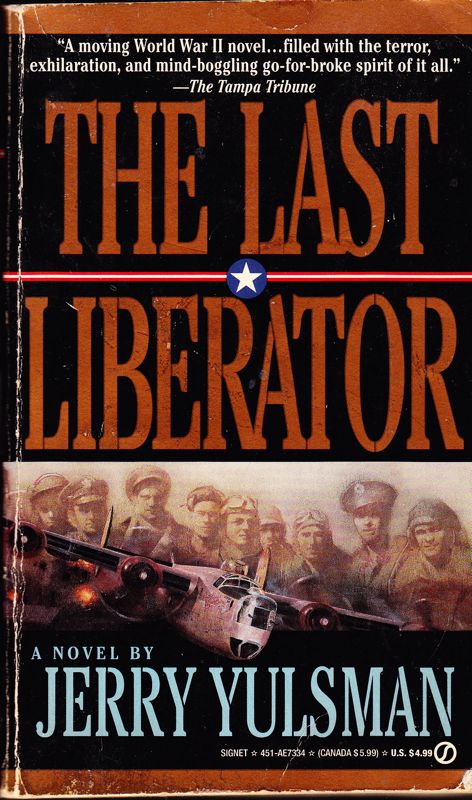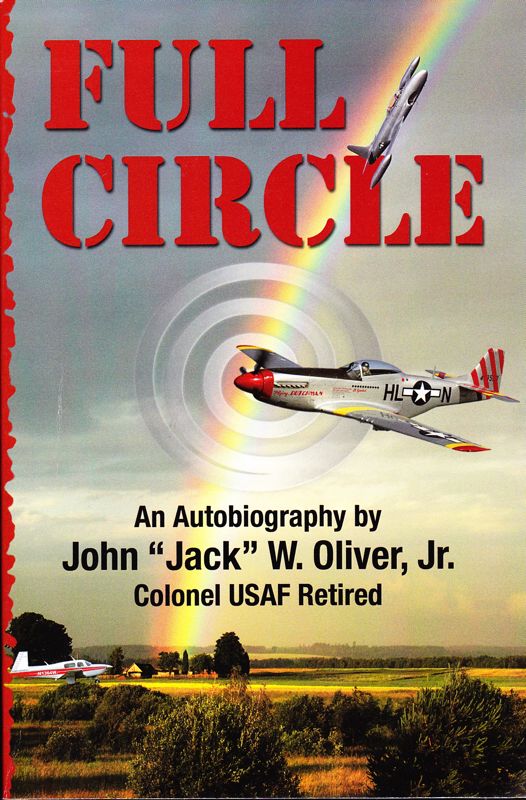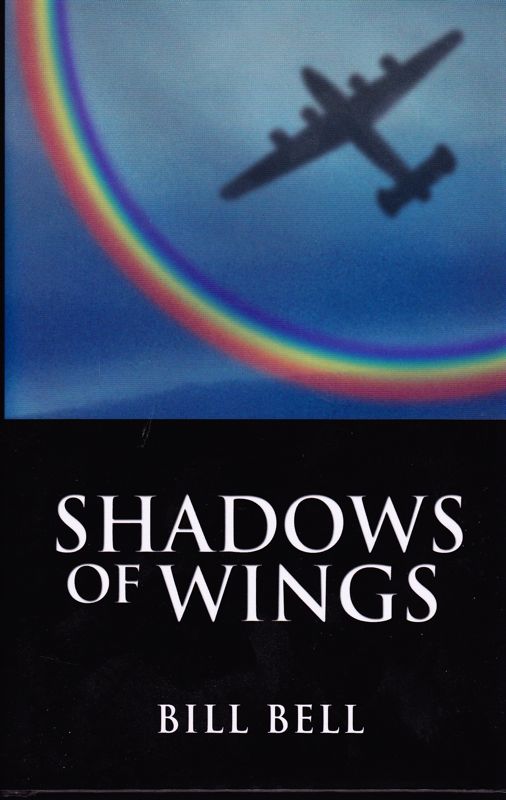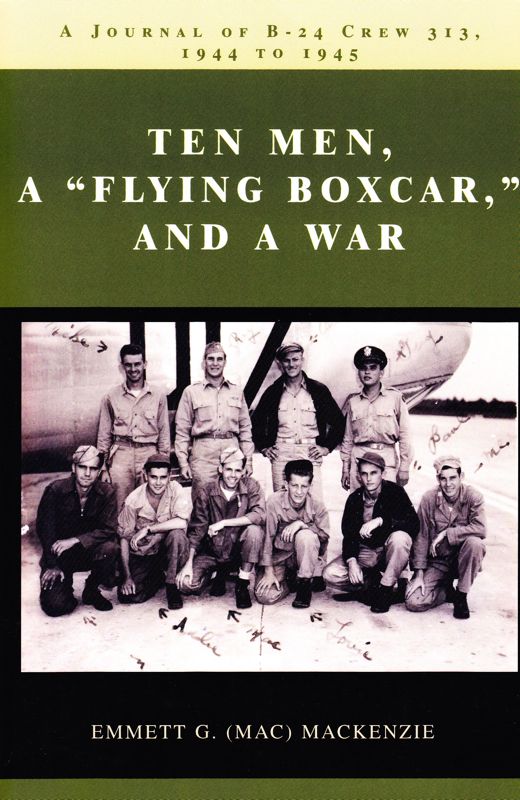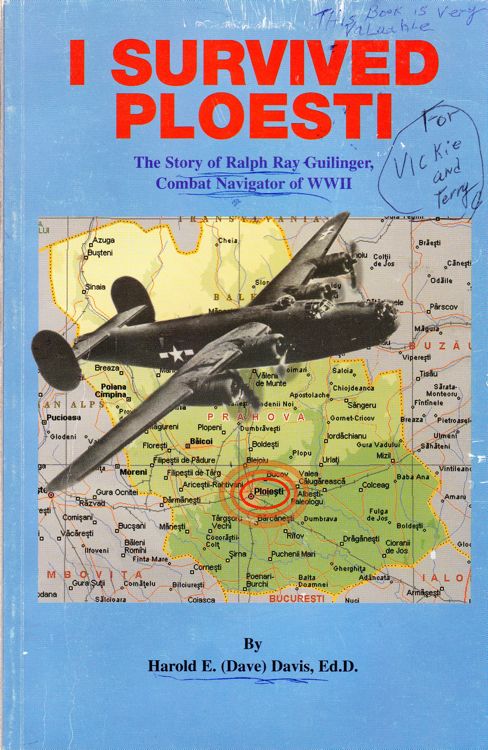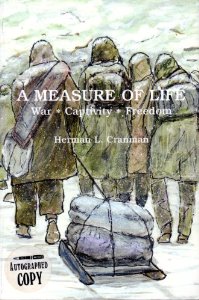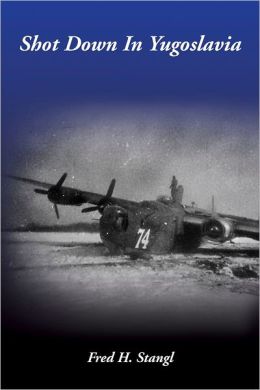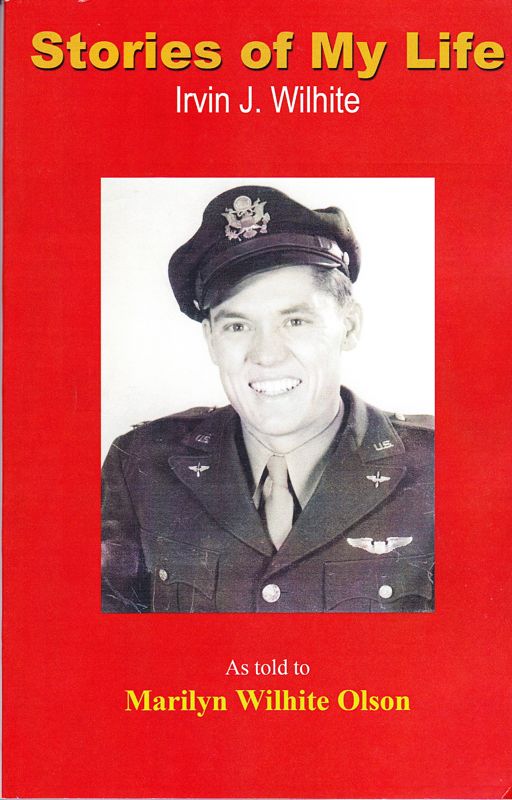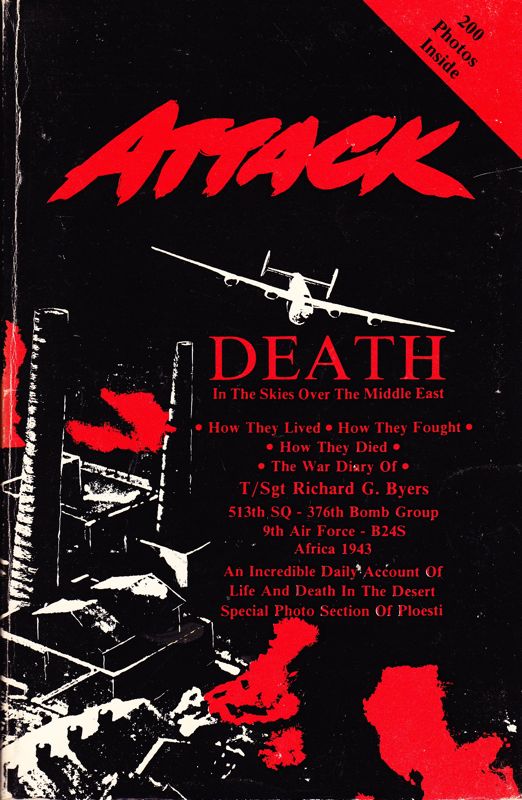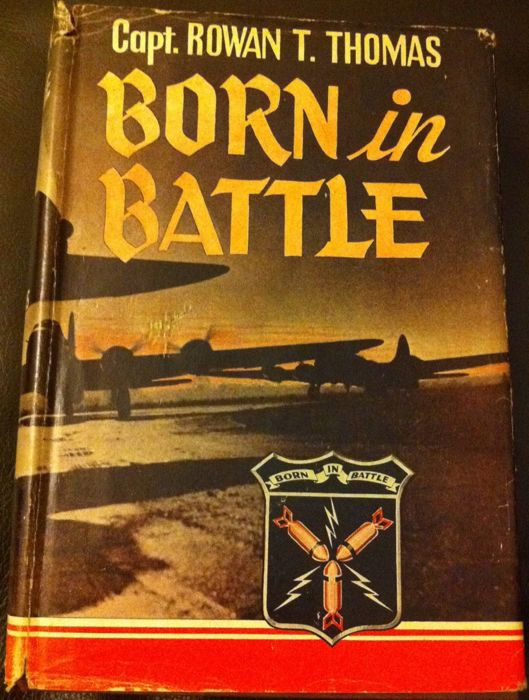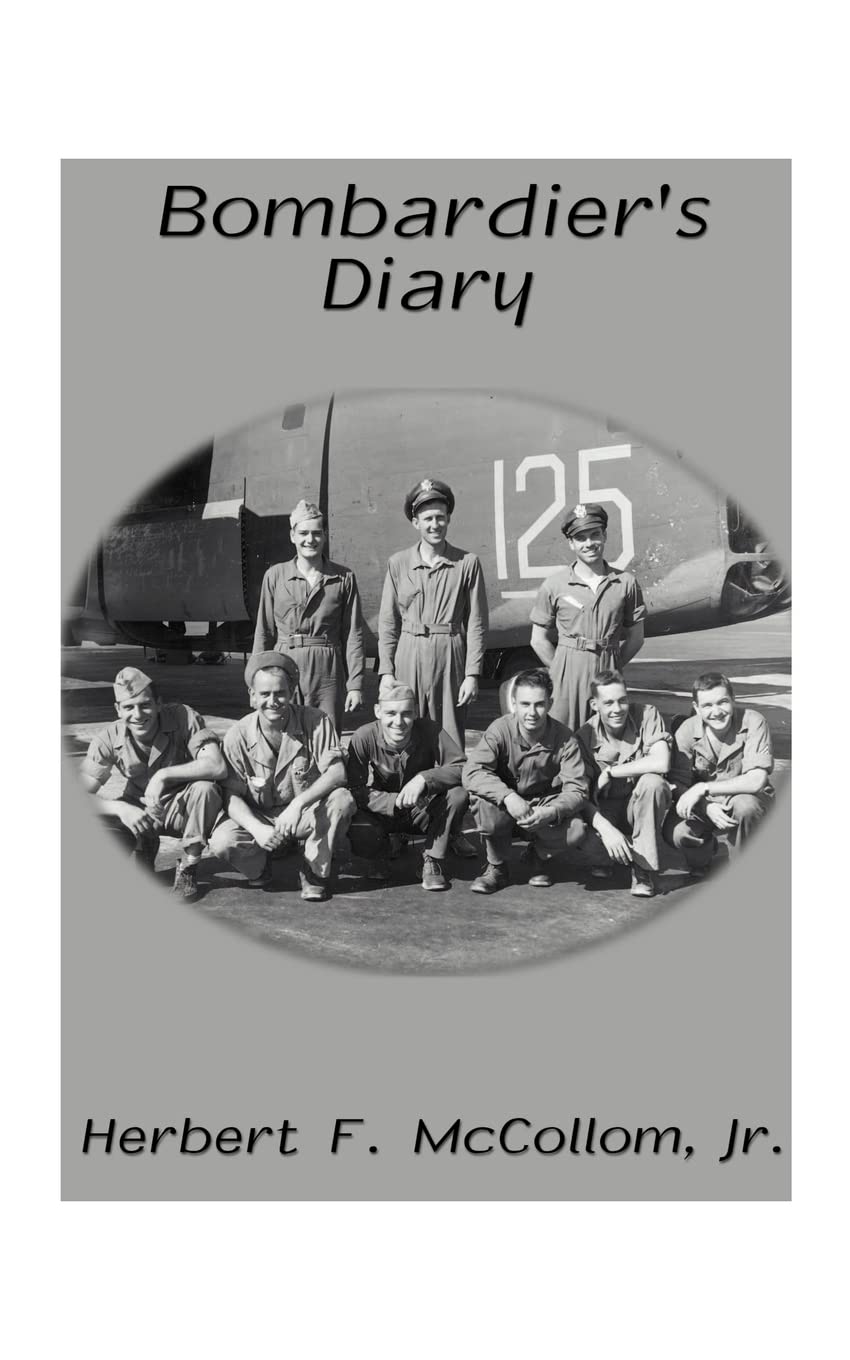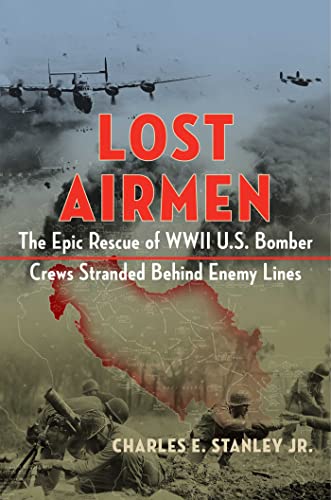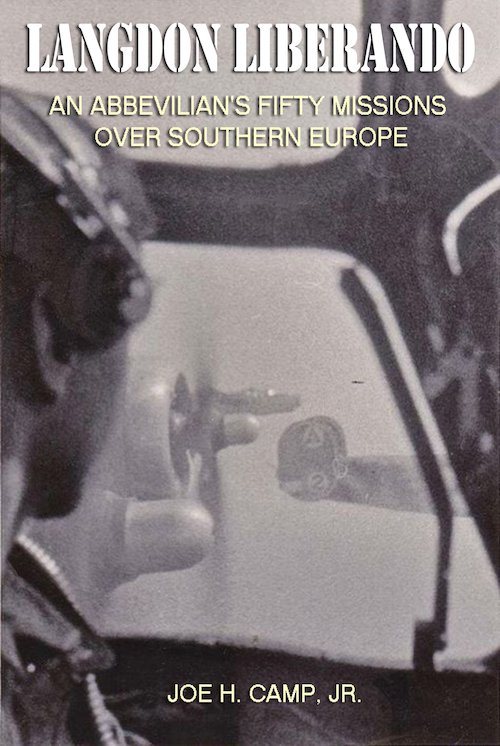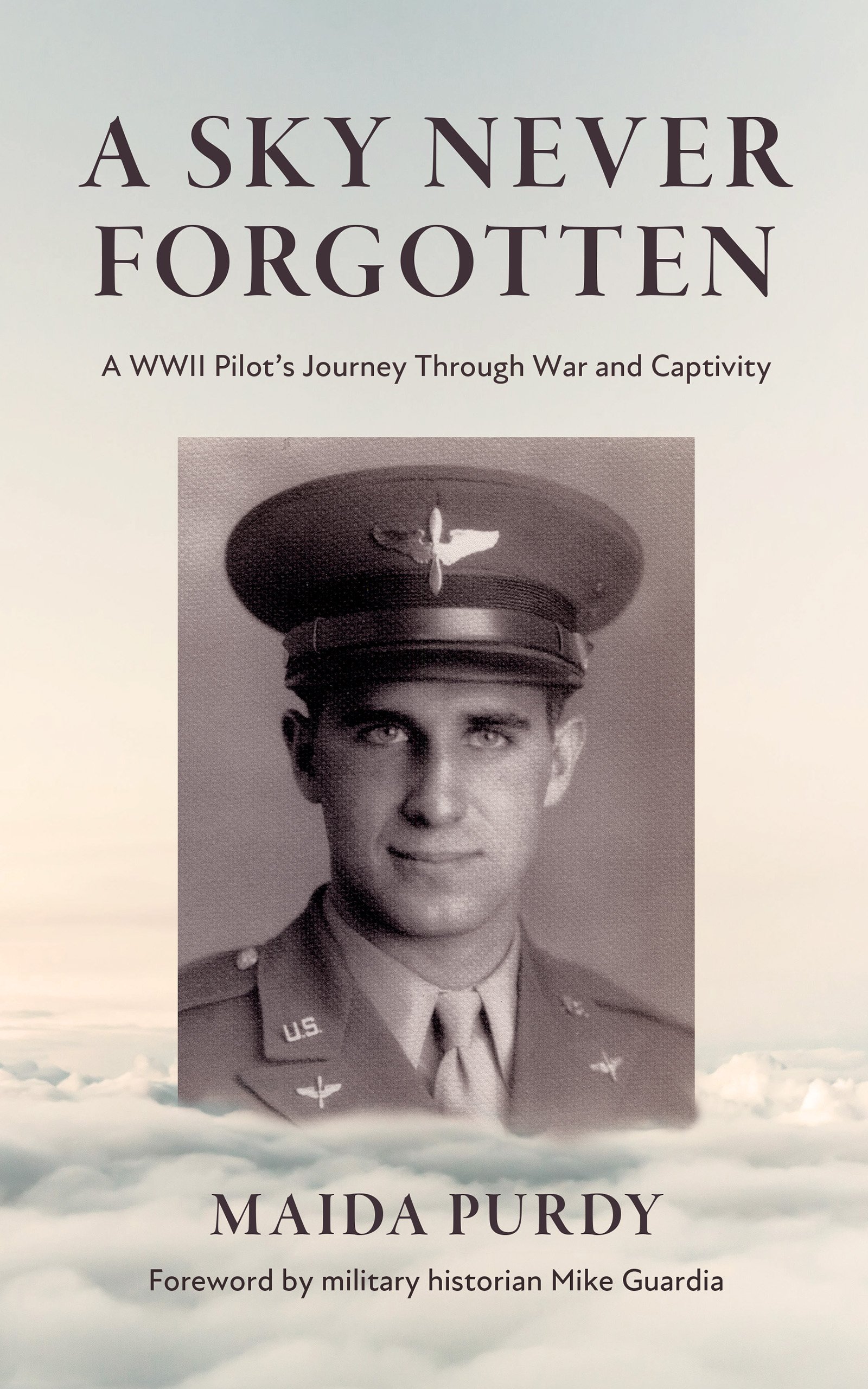Joseph S. Domino
S/Sgt. Joseph S. Domino was the engineer on Richard Sander's crew. They were part of HALPRO.
He wrote the following about his experiences:
"I was with the original Halpro unit. We were all chosen at the same time at Ft. Myers Municipal Airport. The Air Corps had taken over the airport for field training. All of us were in the 98th Bomb Group, previously in the 44th Bomb Group at Mac Dill Base in Tampa.
"When the war started, we were shipped to Barksdale AFB in Shreveport, LA. On arrival, we were split into four groups: the 44th, 93rd, 97th and 98th. This is in February 1942. The 98th went to Ft. Myers. At Ft. Myers, there were officers sent from Washington, D.C., to take command. Colonel Ulysses S. Nero was a captain; then; Col. Harry L. Hines and Col. James T. Owen were master sergeants. These and other master sergeants were the key men on the line. They set up tents and interviewed all the flight personnel from the 98th. Twenty-four flight crews were named, each crew comprising seven men, three officers and four enlisted men."
"We had no ground crew except for three flight chiefs and some specialists like Nero, Hines and a few others. Also with the personnel from Washington, came some command pilots to lead the flights A, Band C. Some of these flight officers were: Col. George F. McGuire, Col. Edward Kendricks, and Brig. General R.C. Sanders, the latter a captain at that time. (Sanders later was sent to England to become the Chief of Staff of the Ninth Air Force). All my missions but two were flown with him. He was the youngest general in the Air Force at the age of 28. The other youngest general in the American Army at 28 was George A. Custer, who along with his troops were massacred at the Little Big Horn by the Sioux in 1876. Colonel Floyd N. Shumaker and Col. John H. Payne were also with us. We were the Halpros then. Our operations Base was in El Fayid, Egypt."
"Each ship had a crew chief that was picked out of the 98th, no other ground personnel. We flew the ships and did our own refueling from five-gallon cans dipped into a 50 gal. drum. We and the other combat men did all the repairing, engines changes and everything else needed. It was hard to get parts, so we would take a good ship, put it in the grave-yard and use it for spare parts."
"We would fly combat and upon return would not leave the plane until it was refueled which would take several hours, with all the dipping that we had to do. Then we would hit the sack, take little sleep and get to work again preparing for the next mission, This was the case for about seven months and it was hell. We started to complain to the head officers that we could not continue without rest and very little sleep. We were exhausted all the time. So, the officers talked with the RAF and we were assigned a couple of Australian mechanics to each ship."
"My combat duties were to man the top-turret or the waist guns. I used to switch with my radio operator who had a dislike for the top-turret, in fact the guy hated all guns. He was Joe Sollen. Also if any mechanical problems arose, we repaired all things in flight. We would check the gas tank covers for safety wire before take-off, read the air speed to the pilot on take-off and landings; made sure the landing gear was locked on coming in. I flew 62 missions as a Halpro and also when we became the 376th. We all came out of the 98th, as I had mentioned."
"Dave Tunno and I left on April 25, 1943 for the states from Soluch. I think that we left the same day that the "Lady Be Good" got lost. Two weeks before that, we were lost in the same vicinity and I had an argument with my pilot that we were headed in the wrong direction, He wanted all of us to bailout and I insisted that we stay put. I told him to put on the landing lights so that we could belly-land between the boulders south of Bengazi. We saw white blinking lights north of us in the distance. The pilot looked at his sheet and discovered that we were 30 miles south of another key point. We had crossed at Bengazi at ten o'clock with Soluch being only ten minutes away. We landed there at 1:30 A.M, We should have been there three hours earlier. I am not a navigator and all that I could go by was my watch."
"I knew that we flew around 200 mph and around 11 P.M" I started telling everyone that we were 200 or more miles from our base. No one believed me until we started back out to sea. Near Tripoli, the pilot made a 180' turn to go back into the desert. Thank God, we did not have the "Lady Be Good" fatal mishap,"
"Two more men who were with us in those early days were: Jesse C, Williams, Intelligence Officer, of Ft. Stockton, Tex., and Dr. George S. Richardson of Roswell, New Mexico,"The website 376bg.org is NOT our site nor is it our endowment fund.
At the 2017 reunion, the board approved the donation of our archives to the Briscoe Center for American History, located on the University of Texas - Austin campus.
Also, the board approved a $5,000 donation to add to Ed Clendenin's $20,000 donation in the memory of his father. Together, these funds begin an endowment for the preservation of the 376 archives.
Donate directly to the 376 Endowment
To read about other endowment donation options, click here.
Reunion
NOTE change in the schedule !!
DATES: Sep 25-28, 2025
CITY:Rapid City, SD
HOTEL: Best Western Ramkota Conference Hotel; 2111 North LaCrosse St., Rapid City, SD 57702; 605-343-8500
Click here to read about the reunion details.
